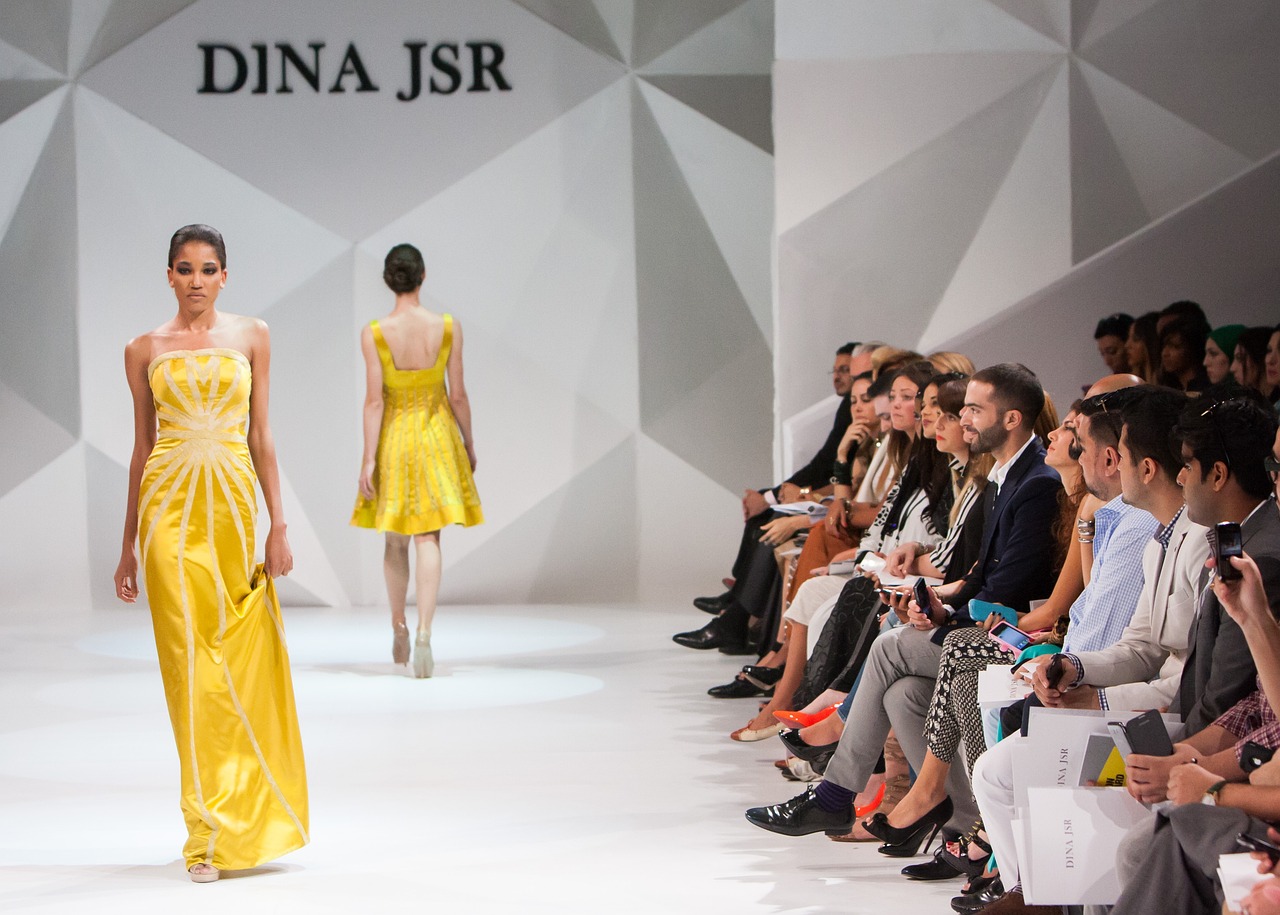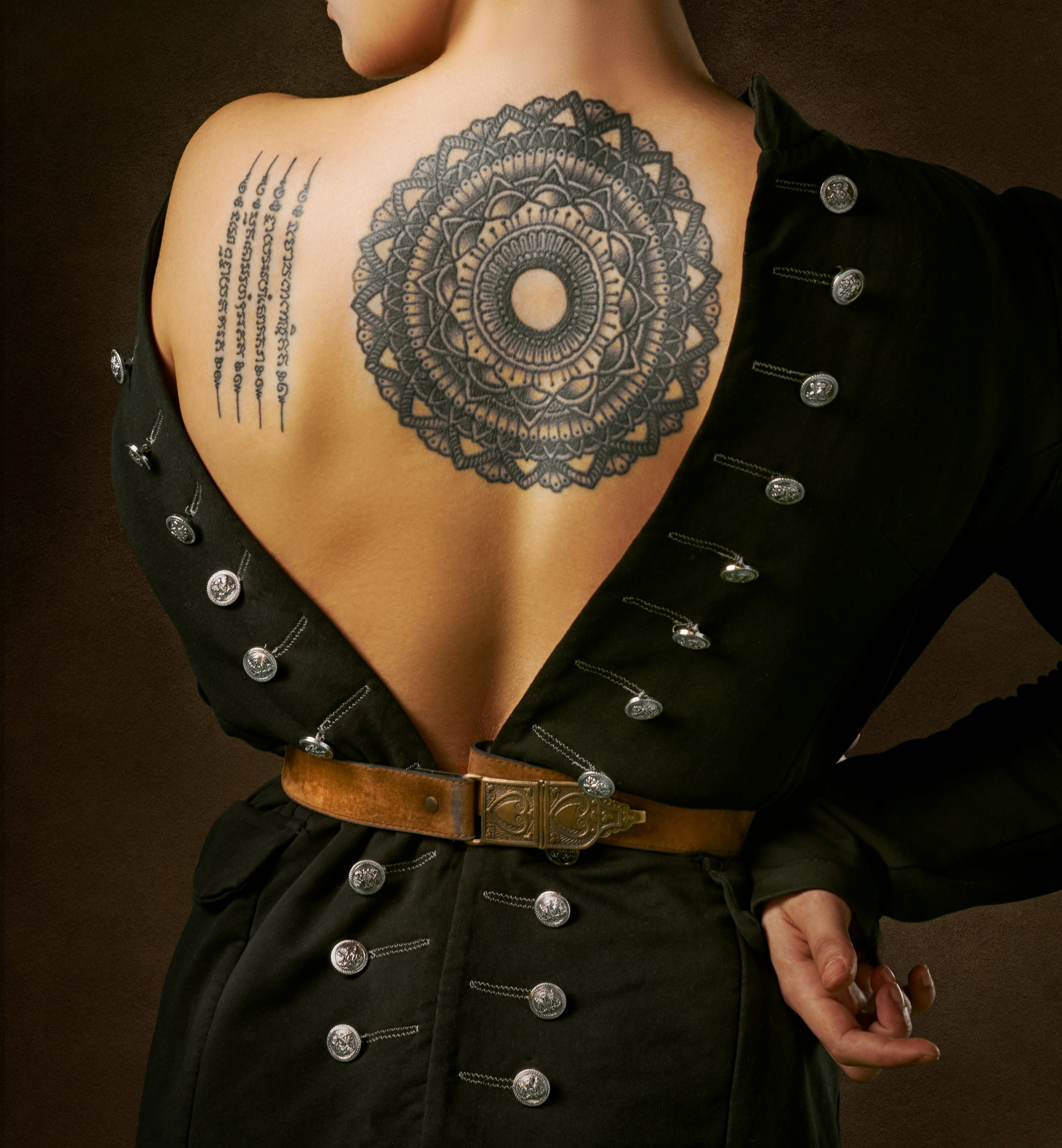The Art of Self-Expression: How Tattoos and Piercings Blend with Fashion
Controse Jewelry on Jan 25th 2024

Fashion is no longer limited to the clothing you wear; your body is a canvas, and apart from draping fabrics, you can decorate it with tattoos and piercings that bring forth your self-expression.
Discover the unique fusion of tattoo art and jewelry with Controse. Our pieces embody bold self-expression and artistic creativity. Explore our distinct collections at controse.com and see how we celebrate the intertwining of fashion with tattoos and piercings in our latest article, "The Art of Self-Expression: How Tattoos and Piercings Blend with Fashion.
This article will explore how modern fashion meets body modification, where it started, how it’s going, and its emergence as a form of self-expression. Keep reading to find out more!
Body Modifications And Its Roots

https://www.pexels.com/photo/woman-with-a-body-piercing-3678501/
Evidence suggests that body modification has historically been part of cultures worldwide for thousands of years. Usually, this form of personal art was deeply inspired by religious and spiritual beliefs.
For example, body piercings and tattoos were a form of devotion to the gods and the afterlife among ancient Egyptians. Similarly, African tribes also practice scarification, sometimes to identify with their clans and mark important milestones in their life.
Emergence Of Fashion As Self-Expression

https://pixabay.com/photos/fashion-show-fashion-catwalk-model-1746582/
Clothing has been part of the human identity for ages, precisely because of protection against the elements. However, with time, fashion went beyond just covering our bodies and emerged as a form of self-expression, just like tattoos and piercings.
The Renaissance period marked the elitist approach with extravagant clothing that displayed status and wealth, while commoners wore simple clothing because of practicality over luxury. So, social class, gender roles, professions, individual tastes, and broader cultural preferences are deeply rooted in fashion.
Modern-Day Take On Body Modifications

With modernization, body modifications have gained immense popularity and are widely accepted almost everywhere. With new piercing and tattoo techniques, popular trends, and the revival of ancient styles, body art has become a powerful means of self-acceptance and empowerment.
Nipple piercings, for example, date back to the 14th century, when women of wealth pierced their nipples with jewelry for decoration and adornment. However, this trend only gained popularity among women in the 1960s as a symbol of sexual and self-expression.
Intersection Of Fashion And Body Art

https://unsplash.com/photos/a-man-with-a-tattoo-on-his-arm-holding-a-chain-zmvVFW3Uy6s
Fashion models during the 1990s did not display much body modification, but as times changed, designers and fashion brands started appreciating the significance of body art forms as personal style statements.
They have even incorporated unique pieces that complement various ear and neck piercings. Similarly, fashion includes tattoo techniques, styles, and designs to create prints and embroidered clothing that set an aesthetic trend without a permanent commitment to inked skin.
The “Self” Aspect Of The Two
The actual “self” aspect comes forth through tattoos and piercings because they involve a lot of attention and care toward oneself; this consists of the aftercare and maintenance of this body art, a reminder of self-love.
It helps individuals embrace their authentic selves by breaking free of societal norms, taking ownership of their bodies, and embracing their uniqueness. It’s an empowering pathway towards having control of your life and body positivity.
The Future Of Body Art And Fashion
With the widespread acceptance of body art, there’s no doubt that it will continue to find new and different ways to cross paths with fashion to be more creative and incorporate individualistic personal styles.
These are no longer just style statements but art, emotions, stories, and, most importantly, self-identity.
